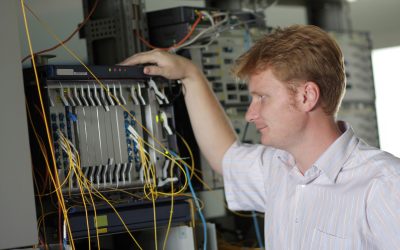With increased insight and research into the interaction between the human body and man-made technology, the ability to use implantable medical devices that can control or enhance body functions is no longer just an idea.
New types of implantable medical devices to help with neurological issues, muscle movements and even body system regulation offer patients’ new options for living a quality life as well as providing physicians a greater range of treatment possibilities.
Of course, the approval of implantable medical devices, particularly those that use specific types of technology, is an extremely complex process. There will be years of development, testing, and validation before many of these products come onto the market.
In the meantime, the future of these devices continues to advance. Leading companies involved in this field of research and development indicate that advancements in both materials, as well as design options, continue to open up a range of different possibilities.
Smaller and Longer Lasting
The implantable devices that will take over the neurological functioning of the body are becoming increasingly sophisticated but also much smaller. This allows for fewer risks with implanting and also devices that are more easily adaptable to the body and the user.
In addition to being smaller, there are new materials used that increase the life cycle of implantable medical devices in the body. Even joint implants continue to evolve to reduce the need to replace the implants over time.
More Connected
With many of the devices including those for controlling body systems and functions, increased connectivity allows for medical experts to assess the devices as well as fine tune their performance based on the individual. While this is still in its early stages, this is one area of research that is growing rapidly and continues to be a source of amazing possibilities.



